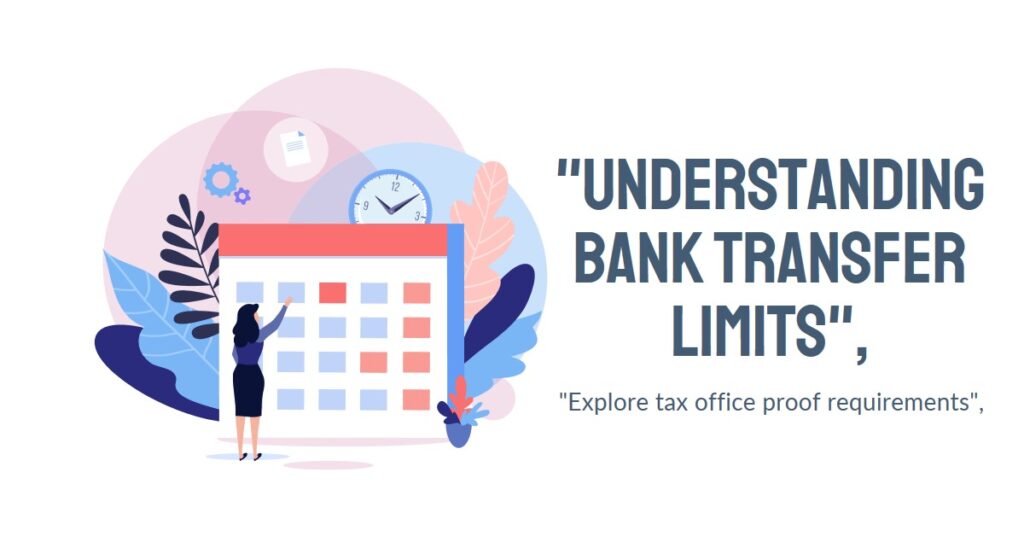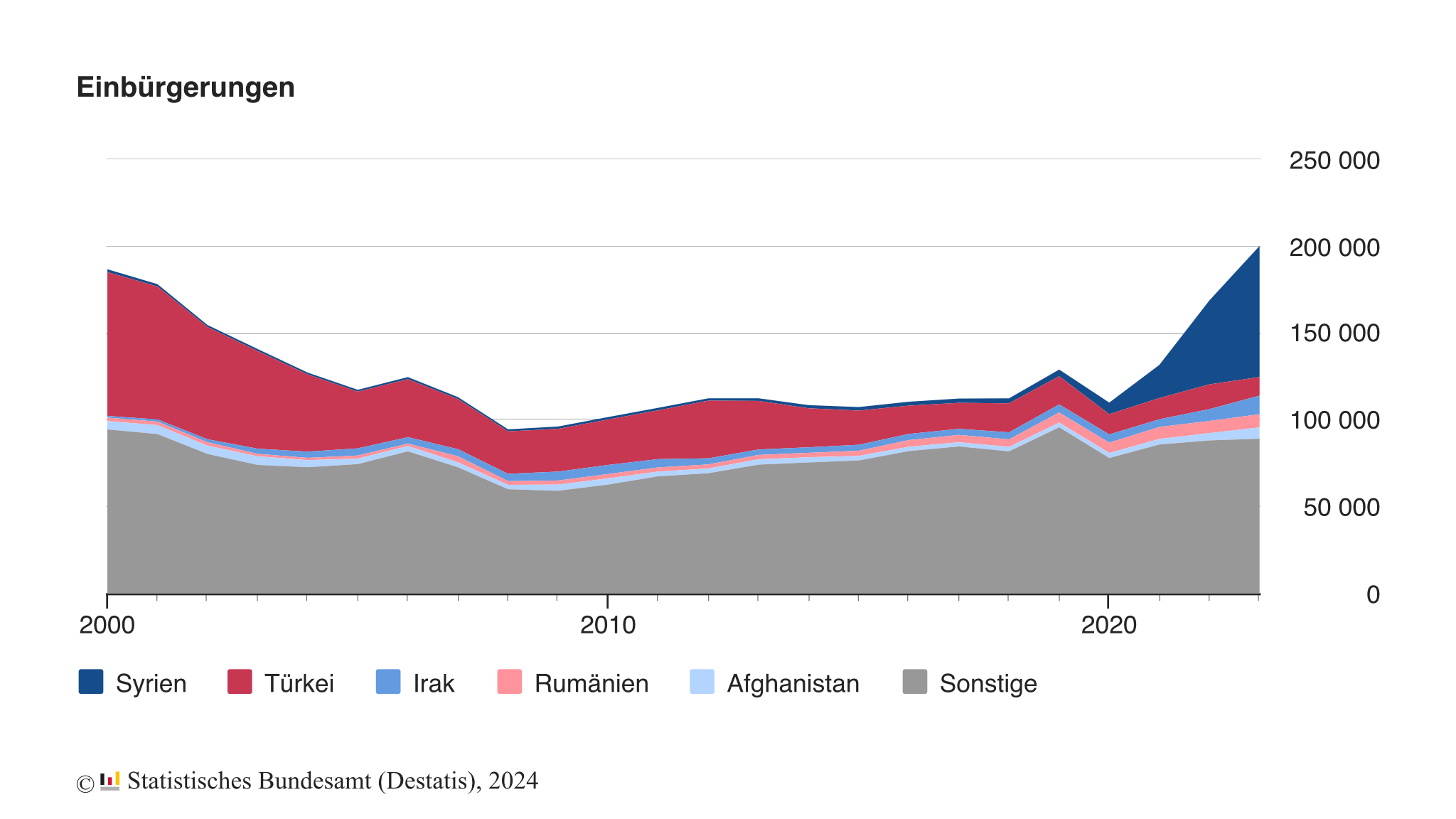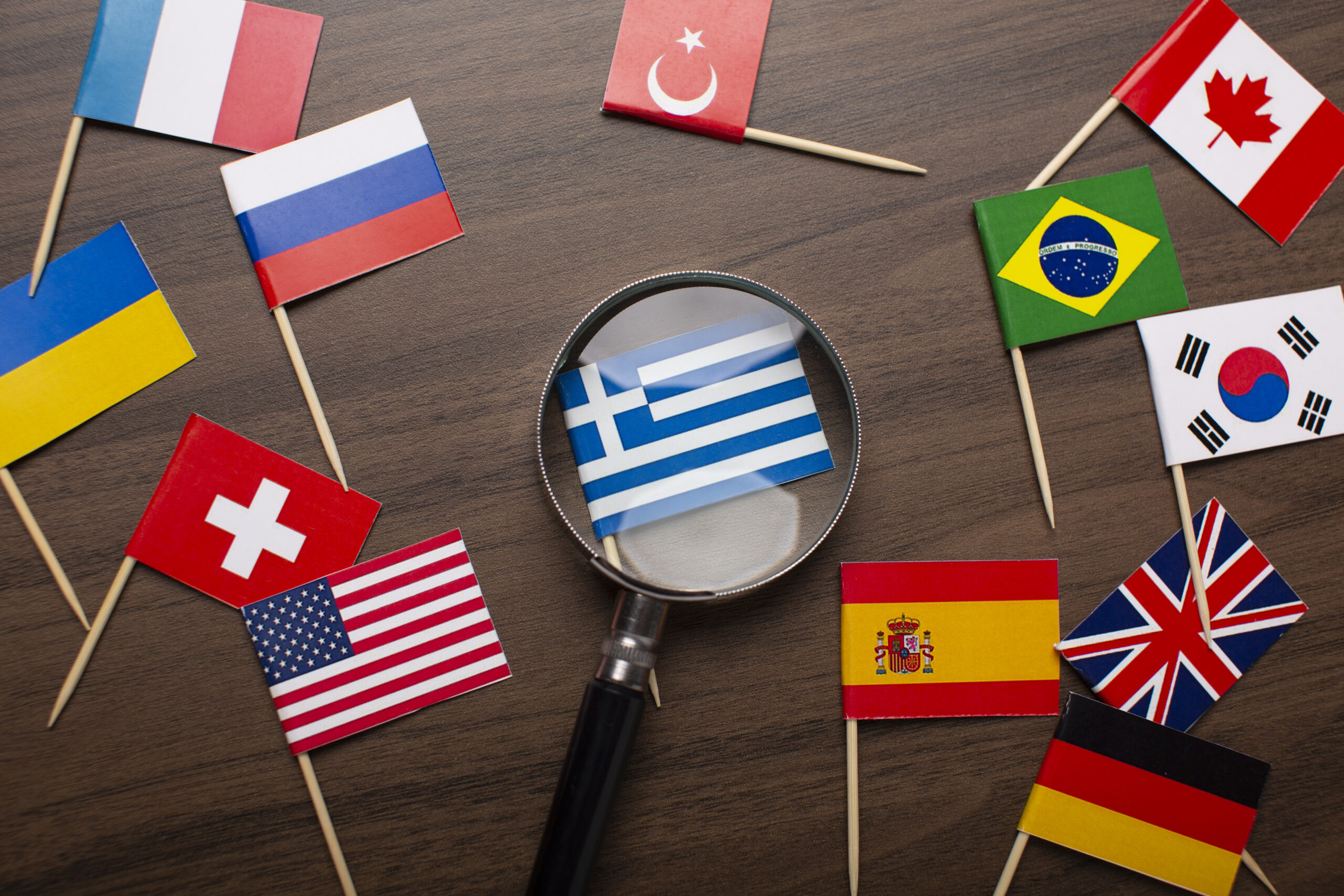
Can You Transfer Any Amount of Money Without Proof?
As a private individual, you might believe that you can transfer any amount from your checking account to another account. Indeed, you can, but there are two conditions: your account balance or overdraft must cover the amount, and there is a legal limit of 10,000 Euros per transfer at your bank. You may exceed this limit only if you provide your bank with a plausible explanation.
Why Is There a 10,000-Euro Transfer Limit?
The 10,000-Euro limit was introduced to combat money laundering. The Financial Intelligence Unit (FIU) in Cologne monitors financial transactions to prevent illegal activities. Some businesses, such as ice cream parlors or barbershops, might seem uninterested in customers but stay in business by laundering money for criminals. For instance, an ice cream shop in Siegen, North Rhine-Westphalia, was exposed as a front for laundering drug money by members of the Italian Mafia organization ‘Ndrangheta.
How Do Criminals Launder Money?
Money laundering is illegal, but criminals attempt to introduce illicit money into the legitimate financial system. They use various accounts, companies, and countries to obscure the money’s origin, often from drug trafficking, prostitution, corruption, fraud, robbery, tax evasion, gambling, or arms dealing. Daniel Thelesklaf, head of the German FIU since 2023, explained that restaurants are frequently used for money laundering. A restaurant owner might record fictitious sales and deposit the money into the business account, receiving a small commission for their cooperation.
What Are the Legal Requirements for Transfers Over 10,000 Euros?
The state and financial authorities are keen to prevent money laundering. According to the Money Laundering Act (GWG), money laundering is a criminal offense. The EU prioritizes combating money laundering to reduce organized crime and terrorism financing. Transfers over 10,000 Euros from a checking account, or cash deposits of more than 10,000 Euros, require proof of origin. At banks other than your main bank, this threshold is lower, at 2,500 Euros. If deposits are split but exceed 10,000 Euros in total, inquiries will follow.
How to Provide Proof of Origin?
If you can’t provide proof of origin, the bank may refuse the transaction. For transfers exceeding 10,000 Euros, the bank must send you a form per the Money Laundering Act requirements. Examples of proof include account statements, receipts from other banks, passbook extracts, sale invoices, currency exchange receipts, inheritance documents, and gift declarations.
What About Transfers Abroad?
Transfers abroad also require proof, but only for amounts over 12,500 Euros. The bank must report such payments to the Deutsche Bundesbank under the Foreign Trade and Payments Regulation (AWV). The recipient of the money is responsible for the report.
What Are the New EU Cash Regulations?
The monitoring of financial transactions in Europe is becoming increasingly stringent. In April 2024, the EU Parliament set a 10,000-Euro limit for cash transactions, requiring them to be conducted electronically. Member states can impose lower limits. For cash payments over 3,000 Euros, the buyer’s data must be recorded for future reference. These strict rules will apply to high-value soccer clubs from 2029. The new European Anti-Money Laundering Authority (AMLA) in Frankfurt will oversee these regulations. This cash limit is controversial in Germany, one of the few EU countries without such a limit.
Will There Be Exceptions to the Cash Limit?
The new rule means that transactions above the cash limit will be banned, except for private-to-private sales like used cars. Currently, Europe has cash limits in 27 member states, ranging from 500 Euros in Greece to 15,000 Euros in Croatia. The unified regulation will eliminate this patchwork of rules.


